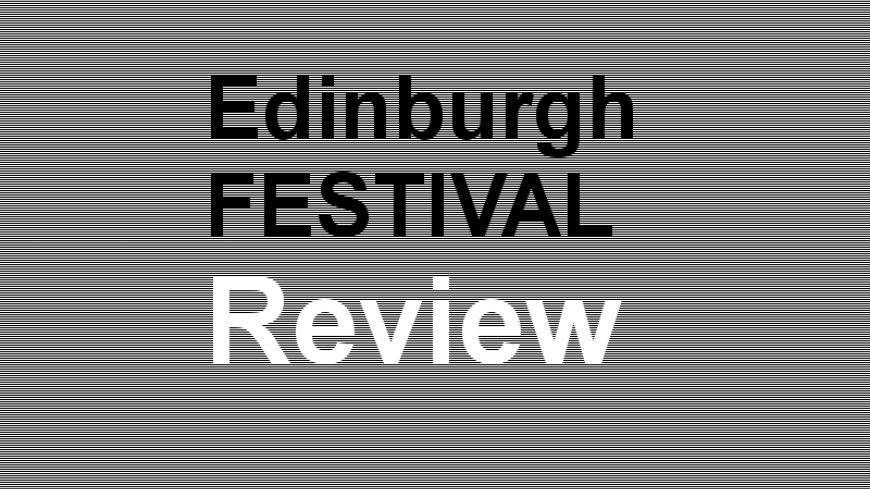
For their second Queen's Hall concert, Nachtmusique were joined by a guest pair of oboists - more of these later - who, like themselves, play authentic period instruments or copies thereof. A pattern is emerging for Nachtmusique's programmes: two masterpieces, the first of which may be an arrangement, enclosing two more everyday entertainment pieces - all of these being from their chosen period around the late 18th Century.
_cr.jpg" alt="Nachtmusique" title="Nachtmusique" width="216" height="153" />Nachtmusique
The available repertoire is surprisingly large, for six- or eight-piece wind bands were a popular combination. The music provided by composers of the day was generally cheerful, usually less intellectually demanding than contemporary string quartets, and often suitable for outdoor use. Except for the fact that the players were often employees of the nobility, they were almost the equivalent of the guitar-based pop groups of 200 years later.
Today's programme started with an anonymous arrangement - such versions were commonplace at the time - of Rossini's Barber of Seville Overture. It became evident throughout today's programme that while the solos were always very stylish, and the balance and intonation were always impeccable, the ensemble occasionally had ragged edges. One can't blame this directly on the added oboes but any such addition will inevitably affect the mix.
The leader's (first Clarinet Erich Hoeprich) short talk followed. He told us just enough about fork-fingering, then handed over to guest oboist Michael Niesemann, who told us more than we would ever want to know about the development of key systems for the oboe. Alas, these period-instrument enthusiasts!
Back to the music: the Krommer piece was interesting because, while it was written for virtuosi of the time, and was something of an exercise for today's players, we could sit back and evaluate its musical content. The fast outer movements were the best integrated. The inner movements, while musically more scrappy, threw up occasional gems like the Minuet's Trio.
Johann Christian Bach's Sinfonia (for six instruments, no oboes) is one of a set written in London probably for military players. This is essentially simple music for public entertainment, and more akin to a Suite than a Symphony; Nachtmusique made the most of it, especially in the inner movements.
While JC Bach's 'Sinfonia' is scarcely symphonic, Mozart's C minor Serenade - of around ten years later, 1782 - is much more so. Its dark colours and the severe counterpoint of its third movement are highly unusual for such wind-band works. The full ensemble gave a stunning performance of this masterpiece. The famous canonic minuet went with a fine swing, nicely contrasted by its trio for double reeds only.
Again, the faultless intonation and balance were evidence of much playing together. Within this highly accomplished blend, the stylish oboe playing of Michael Niesemann - he of the key-system lecture - stood out. One had to marvel at the skill which produces such polished sounds from what is basically a pipe with a reed. Oh yes, and I think his has three keys, which is four fewer than his colleague's model. I could easily become a period-instrument enthusiast too.
Music:
Rossini (arr Anon): Overture, Il Barbiere di Siviglia
Krommer: Octet-Partita in E flat Op.79
J.C. Bach: Sinfonia No.6 in B flat
Mozart: Serenade in C minor K388 © Jonas Green. 16 August 2007. First published on www.Edinburghguide.com

